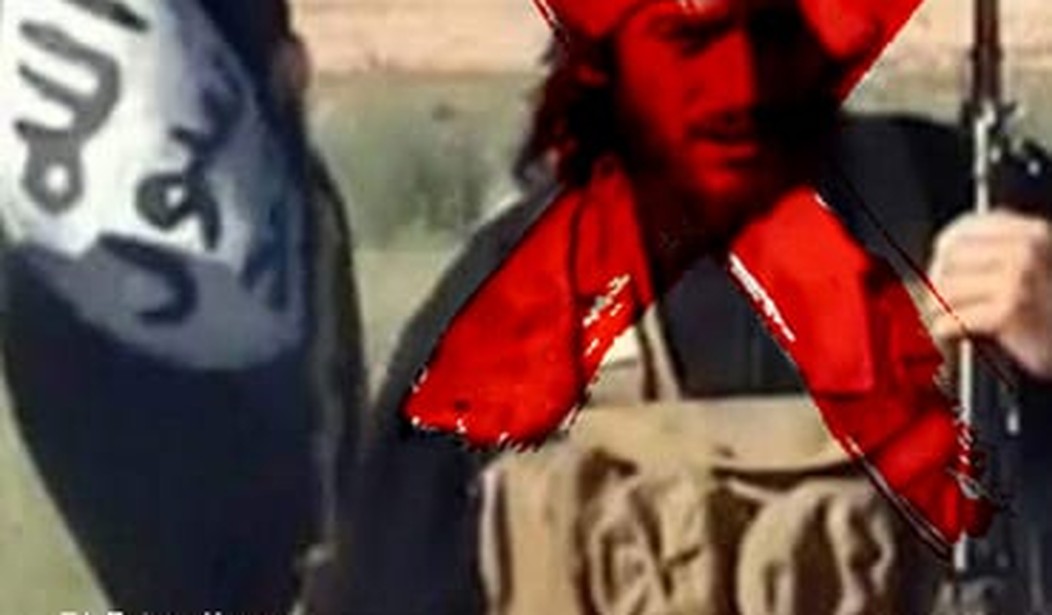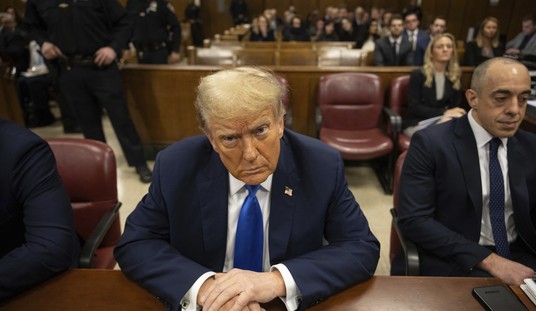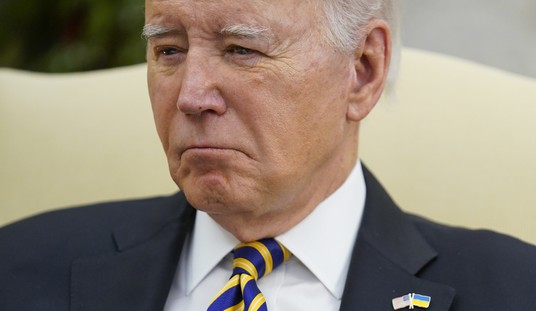Abu Muhammad al Adnani, one of the most important figures in the Islamic State terror network, has been killed in Syria. As Tom Joscelyn reports in a Long War Journal profile of Adnani, the jihadist was recently targeted in a “precision” air strike in Aleppo province. His death has been confirmed in an ISIS “martyrdom statement.”
As Tom elaborates, Adnani rose through the ranks of ISIS’s predecessor organization, al Qaeda in Iraq (AQI), under the notorious jihadist Abu Musab al-Zarqawi. He became a significant figure in al Qaeda’s jihadist operations against American troops in Iraq, which were strongly supported by Syria’s Assad regime and its sponsor Iran. Subsequently, when AQI rebranded as the Islamic State of Iraq (then ISIS, and ultimately IS) and split with the al Qaeda mothership, Adnani became a significant figure in IS’s lethal rivalry with al Qaeda, and in its jihadist operations against the Iran- (and Russia-) supported Assad regime – as well as against U.S.-backed rebel groups (extensively infiltrated by the Muslim Brotherhood, al Qaeda and other jihadists, in addition to some secular elements).
Adnani came to international prominence as a spokesman for the Islamic State. His role, however, was far more consequential than that. Four weeks ago, the New York Times published an eye-opening report about how the Islamic State had built a “global network of killers.” The network, identified as “the Emni,” has been operating under the direct command of Adnani. Drawing on accounts provided by a defector from the group, a German named Harry Sarfo, the report described Emni as:
A multilevel secret service under the overall command of the Islamic State’s most senior Syrian operative, spokesman and propaganda chief, Abu Muhammad al-Adnani. Below him is a tier of lieutenants empowered to plan attacks in different regions of the world, including a “secret service for European affairs,” a “secret service for Asian affairs” and a “secret service for Arab affairs[.]”…
Based on the accounts of operatives arrested so far, the Emni has become the crucial cog in the group’s terrorism machinery, and its trainees led the Paris attacks and built the suitcase bombs used in a Brussels airport terminal and subway station. Investigation records show that its foot soldiers have also been sent to Austria, Germany, Spain, Lebanon, Tunisia, Bangladesh, Indonesia and Malaysia.
With European officials stretched by a string of assaults by seemingly unconnected attackers who pledged allegiance to the Islamic State, also known as ISIS or ISIL, Mr. Sarfo suggested that there may be more of a link than the authorities yet know. He said he was told that undercover operatives in Europe used new converts as go-betweens, or “clean men,” who help link up people interested in carrying out attacks with operatives who can pass on instructions on everything from how to make a suicide vest to how to credit their violence to the Islamic State.
The group has sent “hundreds of operatives” back to the European Union, with “hundreds more in Turkey alone,” according to a senior United States intelligence official and a senior American defense official, both of whom spoke on the condition of anonymity to discuss intelligence.
It would be foolish to think IS will be critically wounded by the loss of even someone as vital to its operations as Adnani. IS is an extensive network with global reach that has been more successful in a shorter period of time than any terrorist organization in history in terms of territory and assets captured. It has a history of flourishing despite losing leaders as influential as Zarqawi himself, so it will certainly withstand Adnani’s loss. That loss will nevertheless hurt, but IS won’t be “degraded and destroyed” unless and until there are many more like it.
For me, the most interesting part of the story is Tom’s revisiting of the rift between IS and al Qaeda –particularly Iran’s role in it. Though on opposite sides of the Sunni-Shiite divide that is now playing out with such a vengeance in Syria and Iraq, anti-Americanism has long united Iran and al Qaeda. The latter relied heavily on Tehran’s help in its jihad against the U.S. in Iraq, to the point that Osama bin Laden ordered IS (while it was still the Islamic State of Iraq and still in the al Qaeda fold) to refrain from attacks inside Iran because al Qaeda needed to “safeguard its interests and supply lines in Iran.”
Bipartisan conventional wisdom in Washington has long held that Iran could be a constructive player in the Middle East because it supposedly has an interest in regional stability – just like we do. Iran, to the contrary, remains a revolutionary jihadist force for instability everywhere it acts, aligning with jihadists of any stripe as long as a common hatred for America and Israel can bridge points of contention. Obama has doubled down on the irrational, counter-historical notion that Iran will eventually come around. Iran, meanwhile, continues developing missile technology, building its Obama-approved industrial-strength nuclear program, and providing American-funded material support to jihadists. Adnani or no Andnani, those jihadists will carry on.








Join the conversation as a VIP Member